If you're looking to enhance your joint flexibility, you might be surprised by how many factors come into play. It's not just about stretching; it involves a balanced approach that includes strength training and proper hydration. Understanding the nuances between dynamic and static stretching can greatly impact your progress. You might even find that incorporating specific practices, like yoga, can open new levels of flexibility. But there's more to this journey than meets the eye, and the secrets to achieving lasting results are just ahead.
Importance of Joint Flexibility
Joint flexibility is essential for maintaining overall health and functionality, as it directly impacts your range of motion and performance in daily activities. When your joints are flexible, you find it easier to perform tasks like bending, reaching, and lifting without discomfort or restrictions. This increased mobility not only enhances your physical capabilities but also contributes to better posture and alignment, reducing the risk of injury.
As you age, maintaining joint flexibility becomes even more vital. Stiff joints can lead to a decrease in your overall activity level, making everyday tasks feel more challenging. You might notice that simple movements become harder, which can decrease your quality of life. By prioritizing joint flexibility, you're investing in your long-term health, enabling you to stay active and engaged in the activities you enjoy.
In addition to improving daily function, flexible joints can enhance athletic performance. Whether you're running, dancing, or participating in sports, having a full range of motion can lead to better technique and efficiency. You'll find that your body can move more fluidly, allowing you to push your limits safely.
Moreover, flexibility supports joint health by promoting circulation and nutrient delivery to the cartilage. This can aid in recovery and help prevent conditions like arthritis.
Stretching Techniques for Flexibility
To improve your joint flexibility, it's crucial to incorporate various stretching techniques into your routine.
Dynamic stretching can warm up your muscles and enhance your range of motion, while static stretching helps maintain that flexibility post-workout.
Understanding the benefits of both methods will set you on the path to greater mobility.
Dynamic Stretching Benefits
Incorporating dynamic stretching into your routine can greatly enhance your flexibility and overall performance. This type of stretching involves controlled movements that mimic the activity you're about to do. By engaging in dynamic stretches, you not only prepare your muscles and joints for exercise, but you also improve your range of motion.
One of the key benefits of dynamic stretching is that it increases blood flow to your muscles. This helps to warm them up and reduces the risk of injury during your workout.
You'll also find that dynamic stretching enhances your muscle coordination and balance, which can lead to better athletic performance.
Incorporating movements like leg swings, arm circles, or walking lunges can activate your entire body, making you feel more agile and ready to tackle any physical activity.
Plus, these stretches can elevate your heart rate, providing a light cardiovascular warm-up.
Static Stretching Techniques
Many people underestimate the power of static stretching when it comes to improving flexibility. Unlike dynamic stretches that prepare your muscles for activity, static stretching involves holding a stretch for a prolonged period, typically 15 to 60 seconds. This method effectively lengthens the muscles and increases your range of motion.
To get started, focus on key muscle groups. For example, to stretch your hamstrings, sit on the floor with your legs extended. Reach for your toes while keeping your back straight. Hold this position to feel the stretch deeply.
For your quadriceps, stand and pull one foot toward your buttock, maintaining balance.
Remember to breathe deeply throughout each stretch. Inhale as you prepare, and exhale as you sink deeper into the stretch. This not only enhances the effectiveness but also promotes relaxation.
Aim to incorporate static stretching into your routine at least three times a week, especially after workouts when your muscles are warm. This consistency will lead to noticeable improvements in your flexibility over time, helping you perform better in various activities and reducing the risk of injury.
Dynamic vs. Static Stretching
How do you choose the right type of stretching for your workout? Understanding the difference between dynamic and static stretching is vital. Each type serves a specific purpose and can enhance your overall flexibility and performance if used correctly.
Dynamic stretching involves movement and is often used as a warm-up. It prepares your muscles and joints for the activity ahead, increasing blood flow and range of motion. Examples include leg swings, arm circles, and torso twists. This type of stretching can help improve your agility and power, making it ideal for high-intensity workouts or sports.
On the other hand, static stretching is performed by holding a stretch for a set period, usually between 15 to 60 seconds. It's best done after your workout when your muscles are warm. This type focuses on lengthening the muscles and improving flexibility over time. Common static stretches include the seated hamstring stretch, quadriceps stretch, and butterfly stretch.
When deciding which to incorporate into your routine, consider the following:
- Workout Phase: Use dynamic stretching before your workout and static stretching afterward.
- Fitness Goals: If you're aiming for increased flexibility, static stretching is essential. For athletic performance, dynamic stretching is significant.
- Type of Activity: Tailor your stretching method to the demands of your workout, whether it's weightlifting, running, or sports.
Incorporating Yoga Practices
Yoga practices offer a holistic approach to improving joint flexibility and overall body awareness. By incorporating yoga into your routine, you'll not only enhance your flexibility but also cultivate mindfulness and relaxation. Start with basic poses like Downward Dog, Cat-Cow, and Child's Pose, which gently stretch and strengthen various joints while promoting blood flow.
As you progress, consider integrating poses like Warrior II and Triangle Pose. These positions encourage stability and openness in your hips, knees, and shoulders. Focus on your breath as you hold each pose, allowing it to guide your movements and deepen your stretches. Remember, it's not just about how far you can reach; it's about tuning into what feels good for your body.
Consistency is key. Aim to practice yoga at least two to three times a week. Even short sessions of 15 to 30 minutes can yield significant benefits over time. Incorporating a variety of poses will help target different areas of your body, ensuring balanced flexibility development.
Listening to your body is essential; don't push into pain. Instead, respect your limits and gradually ease into deeper stretches. You'll find that with regular practice, your joints will become more pliable, and your overall range of motion will increase.
Consider joining a local class or following online sessions to stay motivated. With patience and persistence, you'll discover the positive impact of yoga on your joint flexibility and well-being.
Strengthening Supporting Muscles
While improving joint flexibility is important, strengthening the muscles that support your joints is equally essential. Strong supporting muscles help stabilize your joints, reducing the risk of injury and enhancing your overall movement efficiency.
By focusing on these muscles, you can create a solid foundation that allows your joints to function at their best.
Here are three key areas to target when strengthening supporting muscles:
- Core Muscles: Your core is the powerhouse of your body. Strengthening your abdominal and back muscles can improve your posture and stability, which directly affects how your joints function. Incorporate exercises like planks and bridges to engage these critical muscles.
- Leg Muscles: Strong leg muscles are necessary for joint support, particularly for the knees and hips. Exercises like squats, lunges, and leg presses can help build strength in your quads, hamstrings, and glutes. This not only supports your joints but also boosts your overall athletic performance.
- Shoulder Muscles: The shoulder joint is highly mobile but also vulnerable. Strengthening the rotator cuff and surrounding shoulder muscles can prevent injuries. Focus on exercises like external rotations and shoulder presses to build strength and stability in this area.
The Role of Hydration
Staying hydrated is essential for maintaining joint flexibility and overall health.
Water helps lubricate your joints, making movement smoother and reducing the risk of injury.
If you notice signs of dehydration, like fatigue or stiffness, it might be time to reassess your fluid intake.
Importance of Water Intake
Hydration plays an essential role in maintaining joint flexibility, and you should prioritize your water intake daily. When you're well-hydrated, your joints function effectively, allowing for smoother movement and reduced stiffness.
If you want to enhance your joint flexibility, consider these key points:
- Fluid Balance: Water helps maintain the right balance of fluids in your body, which is critical for joint health. It guarantees that your joints stay lubricated, making it easier for them to move.
- Nutrient Transport: Adequate hydration supports the transport of nutrients to your joints, which can aid in recovery and repair. This is essential for those who engage in physical activities or sports.
- Temperature Regulation: Staying hydrated also helps regulate your body temperature during exercise. When you're sweating, your body loses water, which can affect joint function if not replenished.
Incorporating enough water into your daily routine can greatly impact your flexibility and overall joint health.
Effects on Joint Lubrication
Proper joint lubrication is vital for maintaining flexibility and preventing discomfort during movement. When you stay adequately hydrated, you support your body's natural ability to produce synovial fluid, which acts as a lubricant for your joints. This fluid not only cushions your joints but also helps reduce friction during physical activities.
If you're not drinking enough water, your joints may suffer. Reduced hydration leads to thicker synovial fluid, which can result in stiffness and decreased range of motion. This stiffness makes it harder for you to move freely, especially during exercise or daily tasks.
Additionally, proper hydration promotes nutrient delivery to cartilage, helping it stay healthy and resilient. When your cartilage is nourished, it can better withstand the stress and strain of movement.
To guarantee your joints remain well-lubricated, aim to drink plenty of water throughout the day. Listening to your body's needs is important; if you feel thirsty or fatigued, it's a sign you may need more fluids.
Signs of Dehydration Issues
Dehydration can manifest in several ways that directly impact your joint health and overall flexibility. When your body lacks adequate fluids, it can lead to stiffness and discomfort in your joints, which may hinder your movement.
Recognizing the signs of dehydration is essential for maintaining your flexibility and joint function.
Here are three key signs you should watch for:
- Dry Mouth and Thirst: If you often feel thirsty or notice a dry sensation in your mouth, it's a clear indicator that your body needs more water.
- Reduced Urination: If you're urinating less frequently or your urine appears dark yellow, this suggests that your body is conserving water due to dehydration.
- Fatigue and Muscle Cramps: Feeling unusually tired or experiencing muscle cramps can signal that your hydration levels are low, which can further affect your joints.
Warm-Up Routines for Flexibility
Before diving into any physical activity, warming up is essential for enhancing your joint flexibility and preventing injuries. A proper warm-up routine prepares your muscles, joints, and connective tissues for the demands of exercise.
Start with light aerobic activities like jogging in place or jumping jacks for about five to ten minutes. This increases your heart rate and blood flow to your muscles, making them more pliable.
Next, focus on dynamic stretches that mimic the movements you'll perform during your workout. For instance, incorporate arm circles, leg swings, and torso twists. These exercises promote mobility in your joints and engage the muscles you'll be using. Aim for 8 to 12 repetitions of each movement, ensuring you control your movements to avoid any strain.
You can also include specific stretches targeting the major joints, like your hips, shoulders, and knees. Lunges with a twist, high knees, and butt kicks not only stretch but also activate the muscles around your joints.
Remember to keep your movements smooth and controlled; bouncing or forcing a stretch can lead to injuries.
Finally, don't overlook the importance of listening to your body. If something feels too tight or uncomfortable, ease back and modify your routine. Warming up isn't just about preparing physically; it's about mentally gearing up for your workout too.
Recovery and Rest Strategies
Recovery is essential for maintaining and improving your joint flexibility after intense physical activity. To guarantee that your joints stay healthy and responsive, you need to incorporate effective recovery and rest strategies into your routine.
Here are three key strategies to take into account:
- Active Recovery: Instead of jumping straight into rest, engage in low-intensity activities like walking or gentle yoga. This helps increase blood flow to your muscles and joints, promoting healing and reducing stiffness.
- Hydration and Nutrition: Your body needs proper fuel and hydration to recover effectively. Drink plenty of water and consume a balanced diet rich in anti-inflammatory foods, like fruits, vegetables, and healthy fats. This will support tissue repair and reduce soreness.
- Adequate Sleep: Don't underestimate the power of a good night's sleep. Aim for 7-9 hours of quality sleep each night to allow your body to repair itself. Sleep plays a vital role in joint health and flexibility, so prioritize it as part of your recovery plan.
Monitoring Your Progress
Keeping track of your progress is essential for achieving better joint flexibility. By monitoring your improvements, you'll stay motivated and make necessary adjustments to your routine. Start by setting clear, achievable goals. Whether it's touching your toes or performing a full squat, knowing what you want to achieve gives you something tangible to work towards.
Next, take note of your starting point. Record your range of motion for various joints using simple measurements or flexibility tests. This baseline will help you see how far you've come. Consider using a journal or a mobile app to log your daily stretches, exercises, and any discomfort you encounter. This documentation allows you to identify patterns or areas that need more attention.
Regular check-ins are vital. Schedule weekly or bi-weekly assessments to see how your flexibility is improving. You might find that you can hold stretches longer or reach deeper into poses. Celebrate these small victories—they'll keep your spirits high.
If you notice stagnation, don't hesitate to tweak your routine. Introduce new stretches or techniques, or increase the intensity to challenge your body further.
Lastly, don't forget about visual progress. Taking photos or videos of your poses can provide a clear comparison over time. When you see the difference, it'll motivate you to continue. Monitoring your progress isn't just about numbers; it's about understanding your body and celebrating each step you take toward greater flexibility.
Conclusion
Improving your joint flexibility is all about consistency and balance. By incorporating various stretching techniques, strengthening the muscles around your joints, and staying hydrated, you can make a real difference in your mobility and comfort. Don't forget the importance of warming up and allowing your body to recover. As you monitor your progress, you'll see how these practices transform your flexibility and enhance your overall performance in daily activities. So, start today and reveal your body's potential!



